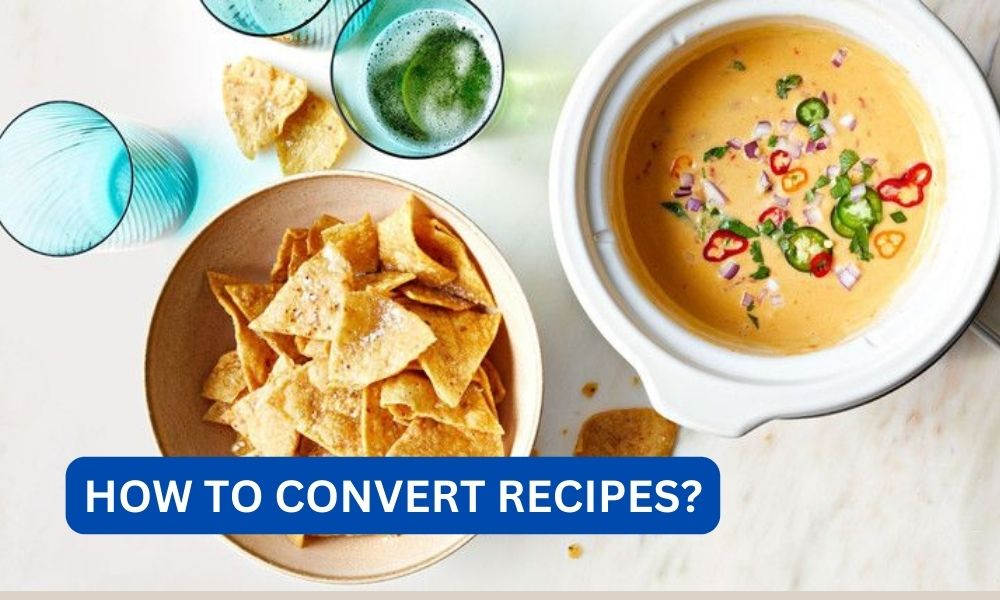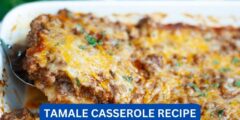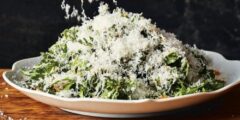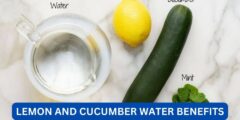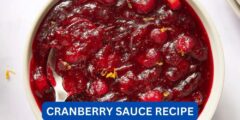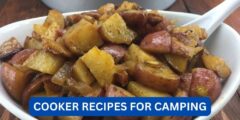Cooking is a universal language that brings people together. Whether it’s a family dinner, a potluck with friends, or a special occasion, food is an essential part of our lives. However, when it comes to cooking, one of the biggest challenges is converting recipes from one unit of measurement to another. This can be especially daunting for those who are not familiar with the imperial system of measurement used in the United States and other countries. In this article, we will explore the process of converting recipes from imperial to metric and vice versa, and provide valuable tips and insights to make the process easier.
Contents
The Importance of Converting Recipes
Converting recipes is crucial for several reasons. Firstly, it allows for consistency in cooking. When a recipe is converted accurately, the end result will be the same every time, regardless of the unit of measurement used. This is especially important for professional chefs and bakers who need to maintain the same quality and taste in their dishes.
Secondly, converting recipes is essential for international cooking. With the rise of globalization, people are now exposed to a variety of cuisines from different parts of the world. Converting recipes allows individuals to recreate their favorite dishes from different cultures without having to worry about the differences in measurement units.
Read:How much is a recipe worthLastly, converting recipes is necessary for dietary restrictions and preferences. For example, someone following a specific diet may need to convert a recipe to fit their dietary requirements. Similarly, individuals with allergies or food intolerances may need to convert a recipe to substitute certain ingredients.
The Basics of Recipe Conversion
Before we dive into the specifics of converting recipes, it’s essential to understand the basics of recipe conversion. The two most commonly used systems of measurement are the imperial system and the metric system. The imperial system is used in the United States, while the metric system is used in most other countries. The imperial system uses units such as cups, tablespoons, and ounces, while the metric system uses units such as milliliters, grams, and kilograms.
When converting recipes, it’s important to note that the conversion is not always a straightforward process. This is because different ingredients have different densities, which can affect the conversion. For example, one cup of flour may not weigh the same as one cup of sugar. This is why it’s crucial to use accurate conversion ratios for each ingredient.
Converting from Imperial to Metric
Converting recipes from imperial to metric can seem daunting at first, but with the right tools and knowledge, it can be a straightforward process. The first step is to determine the conversion ratio for each unit of measurement. Here are some common conversion ratios:
Read:Can salmon burgers recipe- 1 cup = 240 milliliters
- 1 tablespoon = 15 milliliters
- 1 teaspoon = 5 milliliters
- 1 ounce = 28 grams
- 1 pound = 454 grams
Once you have the conversion ratios, you can start converting your recipe. Here’s an example of how to convert a recipe for chocolate chip cookies from imperial to metric:
Original Recipe:
- 1 cup all-purpose flour
- 1/2 cup granulated sugar
- 1/2 cup brown sugar
- 1/2 cup butter, softened
- 1 egg
- 1 teaspoon vanilla extract
- 1/2 teaspoon baking soda
- 1/2 teaspoon salt
- 1 cup chocolate chips
Converted Recipe:
- 240 milliliters all-purpose flour
- 120 milliliters granulated sugar
- 120 milliliters brown sugar
- 113 grams butter, softened
- 1 egg
- 5 milliliters vanilla extract
- 5 milliliters baking soda
- 2.5 milliliters salt
- 240 milliliters chocolate chips
It’s important to note that when converting from imperial to metric, it’s best to round off the measurements to the nearest whole number for easier measurement.
Read:How to make fig jam recipeConverting from Metric to Imperial
Converting recipes from metric to imperial follows the same process as converting from imperial to metric, but in reverse. Here are some common conversion ratios for converting from metric to imperial:
- 1 milliliter = 0.004 cups
- 1 gram = 0.035 ounces
- 1 kilogram = 2.2 pounds
Using the same example of the chocolate chip cookie recipe, here’s how to convert it from metric to imperial:
Original Recipe:
- 240 milliliters all-purpose flour
- 120 milliliters granulated sugar
- 120 milliliters brown sugar
- 113 grams butter, softened
- 1 egg
- 5 milliliters vanilla extract
- 5 milliliters baking soda
- 2.5 milliliters salt
- 240 milliliters chocolate chips
Converted Recipe:
- 1 cup all-purpose flour
- 1/2 cup granulated sugar
- 1/2 cup brown sugar
- 1/2 cup butter, softened
- 1 egg
- 1 teaspoon vanilla extract
- 1/2 teaspoon baking soda
- 1/2 teaspoon salt
- 1 cup chocolate chips
Converting Temperature Measurements
In addition to converting units of measurement, it’s also important to convert temperature measurements when following a recipe from a different country. The imperial system uses Fahrenheit, while the metric system uses Celsius. Here’s a conversion chart for common oven temperatures:
- 250°F = 120°C
- 300°F = 150°C
- 350°F = 180°C
- 400°F = 200°C
- 450°F = 230°C
- 500°F = 260°C
It’s important to note that when converting temperatures, it’s best to use an oven thermometer to ensure accuracy.
Tools for Converting Recipes
Converting recipes can be a time-consuming process, especially if you have to do it manually. Fortunately, there are several tools available that can make the process easier and more efficient. Here are some tools you can use for converting recipes:
- Online Conversion Calculators: There are several websites that offer conversion calculators for converting recipes. These calculators allow you to input the measurement you want to convert and provide the converted measurement instantly.
- Conversion Apps: There are also apps available for both iOS and Android devices that can help with recipe conversion. These apps allow you to input the ingredients and measurements, and they will provide the converted measurements for you.
- Conversion Charts: You can also find printable conversion charts online that you can keep in your kitchen for easy reference.
Tips for Accurate Recipe Conversion
Converting recipes can be a tricky process, but with these tips, you can ensure accuracy and consistency in your cooking:
- Always use accurate conversion ratios for each ingredient.
- Round off the measurements to the nearest whole number for easier measurement.
- Use a kitchen scale for more precise measurements.
- Double-check your conversions to avoid mistakes.
- When converting from imperial to metric, use metric units for liquids and weight, and imperial units for dry ingredients.
- When converting from metric to imperial, use imperial units for liquids and weight, and metric units for dry ingredients.
Case Study: The Great British Baking Show
The Great British Baking Show, also known as The Great British Bake Off, is a popular British television baking competition that has gained a massive following worldwide. One of the challenges for the contestants is converting recipes from metric to imperial and vice versa. The show provides the contestants with conversion charts and calculators to ensure accuracy in their baking. This highlights the importance of recipe conversion in the culinary world and how it can make or break a dish.
Conclusion:
Converting recipes may seem like a daunting task, but with the right tools and knowledge, it can be a straightforward process. Whether you’re cooking for dietary restrictions, international cuisine, or simply trying out a new recipe, understanding how to convert recipes is essential. By following the tips and using the tools mentioned in this article, you can ensure accuracy and consistency in your cooking, and impress your friends and family with your culinary skills.
